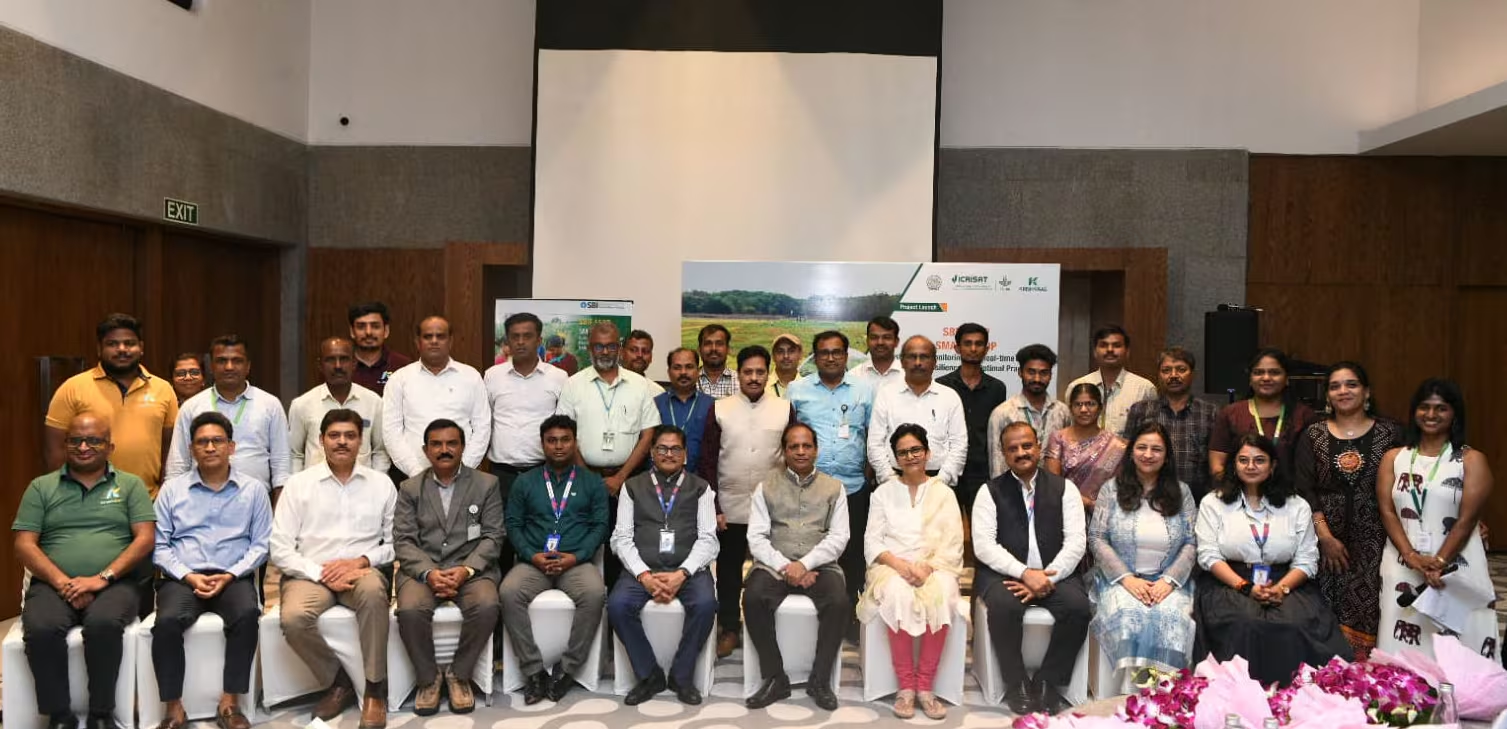Discovering the potential of multispectral UAV and satellite sensors in detecting wheat rust in Ethiopia
- From
-
Published on
08.12.23
- Impact Area

Latest advances in sensor technology and data processing allow early detection, mapping and monitoring of crop infestation, helping prevent large-scale outbreaks.
A recent study published in Nature Scientific Reports, assesses the capability of very high-resolution satellite (VHRS) imagery and high-resolution unmanned aerial vehicles (UAVs) imagery for high-throughput phenotyping and detecting impacts of wheat rusts in earlier crop growth stages. UAVs and VHRS offer high potential for nonintrusive, extensive, rapid and flexible measurements of plant biophysical properties at very high spatial and temporal scales.
Related news
-

From Intervention to Transformation: How AKILIMO Continues to Shape Ogun State's Agricultural Future and Success
Sehlule Muzata04.11.25-
Climate adaptation & mitigation
-
Environmental health & biodiversity
-
Food security
-
Gender equality, youth & social inclusion
When agricultural innovation endures beyond a project's lifespan, it symbolizes true transformation.…
Read more -
-

SBI Foundation Joins Hands with UAS Raichur and ICRISAT to Launch “SMART-CROP” Initiative
International Crops Research Institute for the Semi-Arid Tropics (ICRISAT)29.10.25-
Big data
-
Poverty reduction, livelihoods & jobs
SBI Foundation, the Corporate Social Responsibility (CSR) arm of the State Bank of India, has…
Read more -
-

From bottles to solar pumps: how Cocoa farmers in Ghana are innovating to beat water stress
Sustainable Farming Science Program28.10.25-
Environmental health
Across Ghana's cocoa belt, the rhythm of the rains is no longer reliable. Once-predictable wet…
Read more -
